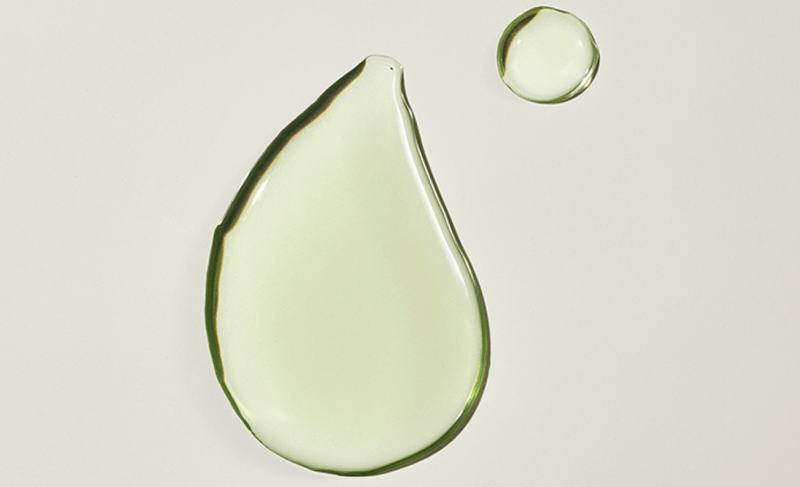While acid-based skin exfoliants were once thought to cause irritation, redness and visible sloughing off of the skin, the newest generation of Hydroxy Acids leave skin smooth, firm and glowing.
How Exactly Do Hydroxy Acids Exfoliate Skin?
As we age, cell turnover slows down. Dead skin cells can lead to a dull complexion, clogged pores and deepen fine lines and wrinkles. Hydroxy Acids chemically, or “micro” exfoliate by dissolving dead skin to make way for the new. The result is a brighter, tighter, more firm looking complexion. While chemical exfoliation may sound intimidating, it simply refers to the process of breaking the bonds that hold dead skin cells together. This is as opposed to physical exfoliation which manually breaks these bonds and removes buildup with tiny granules such as seeds or rice powders. Both types of exfoliation are equally important, but more reactive skin types may prefer chemical exfoliation with acids.
Hydroxy Acids, From A-Z
There are three different types of Hydroxy Acids: Alpha Hydroxy Acids (AHAs), Beta Hydroxy Acids (BHAs) and Polyhydroxy Acids (PHAs). All three kinds are derived from natural sources such as fruits, sugarcane and willow bark. Keep reading to learn about which Hydroxy Acid is right for you!
1. Alpha Hydroxy Acids:
AHAs are water-soluble molecules that work best on the surface to dissolve dead skin. There are various AHAs, the most well known being Glycolic, Lactic and Malic Acids.
Glycolic Acid: The strongest of all AHAs, Glycolic Acid, derived from sugarcane has the smallest molecular weight. The smaller the molecular weight = the more deeply an ingredient can penetrate into the skin. Glycolic Acid yields the most dramatic results in terms of skin turnover, but it can also be the most irritating of acids because it sinks into the skin super fast.
Lactic Acid: With a slightly larger molecular weight, Lactic Acid is the gentler AHA (think of it as Glycolic Acid’s less aggressive sibling). Derived from either sour milk or vegan sources (OSEA uses fermented beets) this acid is great for gentle micro exfoliation. Bonus: Lactic Acid is also a humectant, which means that it draws moisture to the skin!
Malic Acid: Derived from apples, Malic Acid has the largest molecular weight of the three AHAs. This means that it penetrates the skin’s surface slower, making it ideal for hyper sensitive skin. Malic Acid is most effective when combined with other Hydroxy Acids.
2. Beta Hydroxy Acids:
Beta Hydroxy Acids (BHAs) refer to Salicylic Acid, a derivative of Willow Bark. The molecular structure of Salicylic Acid makes it lipid or oil-soluble and more easily absorbed by the skin than AHAs. While AHAs exfoliate the surface layers of the skin, BHAs penetrate at a deeper level to chemically purge pores of congestion without drying out skin. BHAs are your go-to for busting blemishes. Fun fact: BHAs aren’t just for blackheads! At low concentrations, they work on their own or in combination with AHAs to gently buff away dead skin for a more even texture and major glow.
3. Polyhydroxy Acids:
Polyhydroxy Acids (PHAs) have the largest molecular weight of any of the Hydroxy Acids. This makes them the most gentle and slow absorbing of chemical exfoliants as they only act on the most superficial layers of the skin.
Three Acids May Be Better Than One
Many exfoliating products use multiple Hydroxy Acids for maximum exfoliation benefits. Combining acids can enhance chemical exfoliation for your glowiest look yet!
